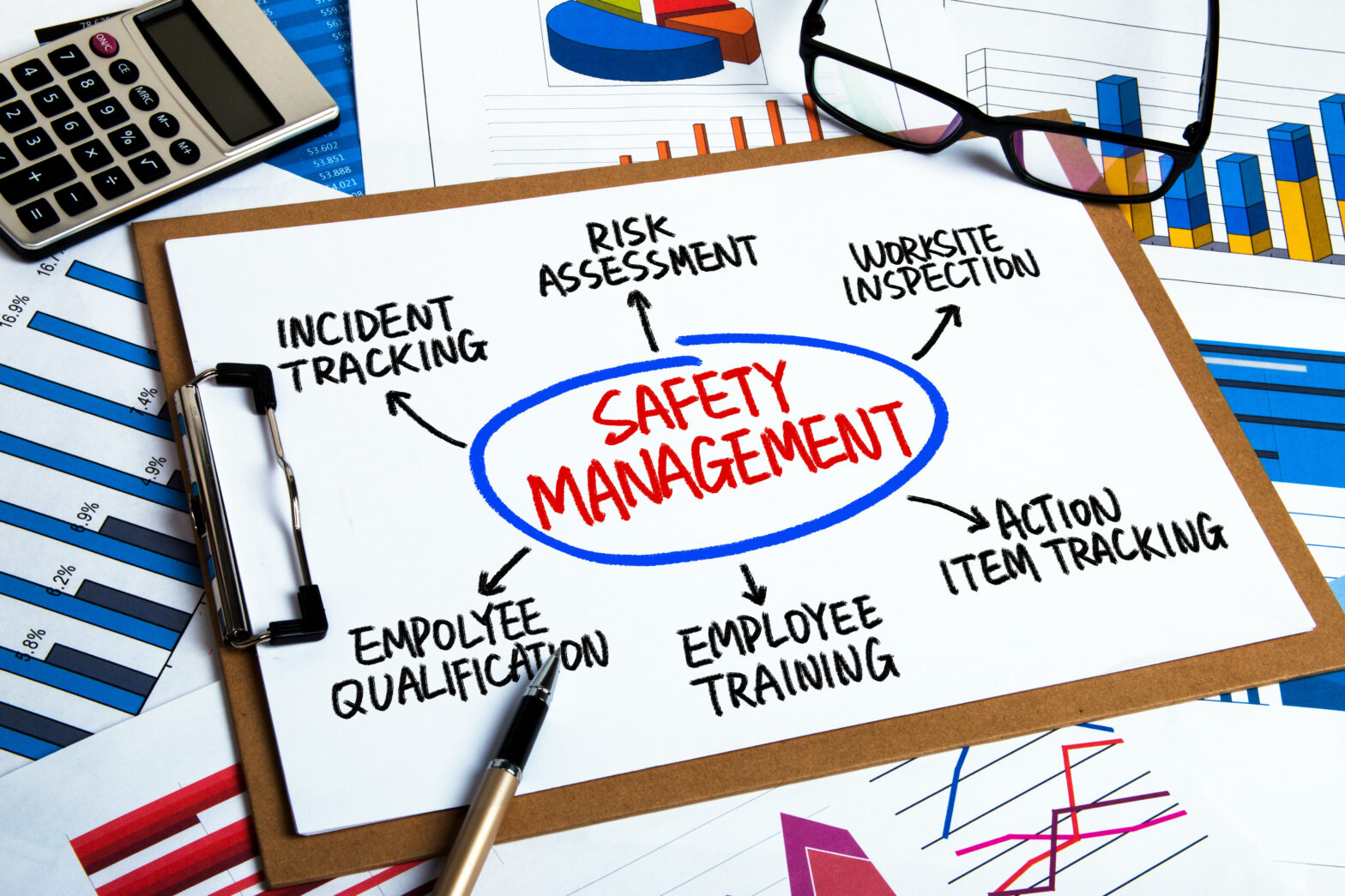Why shouldn’t a business, just as an individual might do, take up a new year’s resolution to improve its performance and general health?
We think that entering a new calendar year is the perfect opportunity to ensure that good practice is being adhered to across your company, especially when it comes to health and safety. The wellbeing and livelihood of your workforce, as well the safety of customers and visitors to your premises, should be one of every business’s top priorities.
By making sure that your company makes a concerted effort to put these procedures into place, you’ll be making huge strides towards making 2017 the year in which you reach your workplace health and safety goals.
Identify and plan for all workplace hazards
It’s good practice to proactively assess all the potential hazards that exist within your workplace, before making an effort to eliminate or reduce their effects.
This involves developing a safety plan that tells employees what is being done to keep them safe from harm, where potential for risk lies, and what is expected from employees to ensure their own safety and the safety of others.
One thing to consider is your workforce’s heart health. If you work in a sector that involves strenuous work, installing an onsite defibrillator is recommended.
According to UK stockist defibshop, 95 per cent of all untreated cardiac arrests end in fatality. When you consider that 30,000 out-of-hospital cardiac take place each year, and that treating a sufferer with a defibrillator in the first ten minutes raises their chances of survival to 75 per cent, supplying your workforce with access to one seems like a very good idea.
Once procedures are put in place, they need to be regularly checked, so ask yourself the following.
Is the equipment maintained and safe? Are fire exits clear? Are employees lifting goods correctly?
Questions like these need to be routinely asked and answered to make sure standards are maintained.
Health and Safety Act requirements met
- Generally provide a safe workplace for staff.
- Identify and control hazards.
2. Train your workforce
If there is even the slightest risk of injury with a certain type of job, proper training is a requisite. Remember, not providing training means that you are not only endangering their safety, but will also be held liable for any incidents.
Employee handbooks, where all health and safety measures are included, are also a great idea so that employees can remind themselves about the lifesaving measures they need to take in their day-to-day work.
Health and Safety Act requirements met
- Train and supervise your staff.
3. Maintain regular conversations
You need to get into a mindset in which safety isn’t an afterthought, but a part of your business that is just as important as customer service or marketing. To achieve this, it’s vital that you meet and chat regularly with your staff regarding health and safety issues.
Ask them for ideas and input on how to improve workplace safety, or offer first aid training so that staff are prepared to deal with any emergency situations that may strike suddenly.
Health and Safety Act requirements met
- Keep your staff informed and involve them in health and safety processes.
4. Take ownership of any health and safety incidents
Despite plans drawn up with only the best of intentions, sometimes accidents will occur. Even if an incident is not serious, always ensure that it’s investigated and logged, and that a plan is set up to prevent it from happening again.
It’s also vital that you maintain records of any incidents so that you can identify any trends in order to rectify them. Should an accident take place, keeping a log of any incidents will also demonstrate that you have shown due diligence to your employee’s safety – this could help prove that you are not liable for the accident.
Health and Safety Act requirements met
- Record all accidents and report all serious injuries to the Occupational Safety and Health Service (OSH).
Be a great employer
Hopefully, reading this article has helped you get a better understanding of what you need to do to improve the health and safety conditions offered to your employees.
After all, it is not just about being a great employer, by ensuring health and safety measures are adhered to, you will also be protecting your business from any liability that could come about as a result of an accident.
If you can demonstrate that you have taken as many health and safety precautions as possible, then you can make a strong case against being held responsible in the eyes of the law. So, what do you think? Will 2017 be the year that you achieve workplace safety for all?
This article was written by Francesca Wilson of defibshop.





